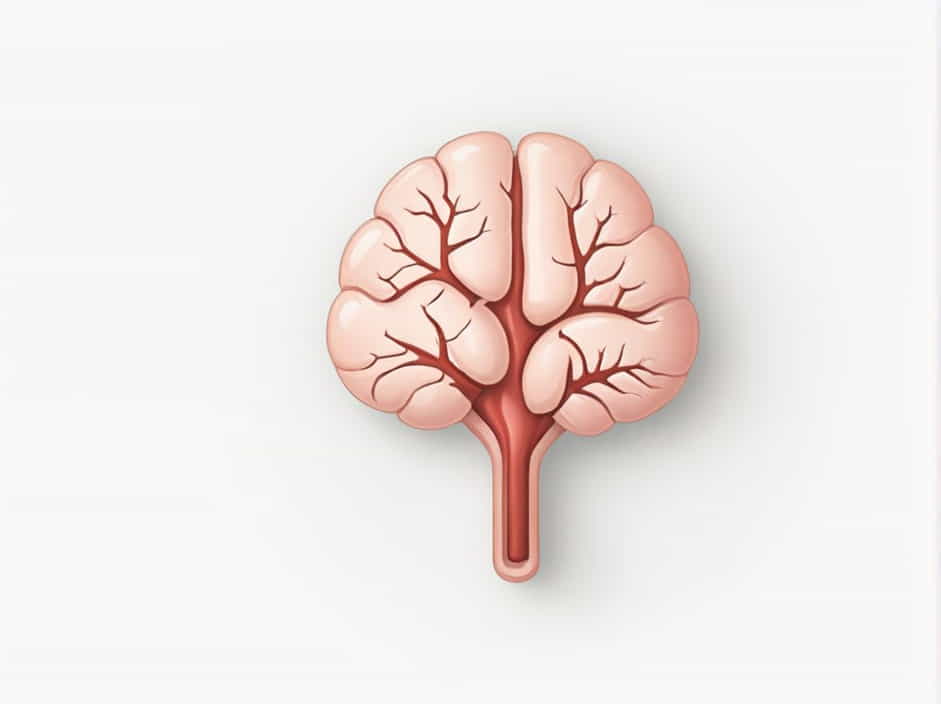The parietal peritoneum is an essential part of the peritoneal membrane, which lines the abdominal cavity and helps protect and support the organs within it. This thin yet strong membrane plays a crucial role in reducing friction, supporting organ function, and acting as a barrier against infections.
Understanding the anatomy, function, and clinical importance of the parietal peritoneum is key for students, healthcare professionals, and individuals interested in human biology.
What is the Parietal Peritoneum?
The peritoneum is a serous membrane that lines the abdominal cavity and covers most abdominal organs. It consists of two layers:
- Parietal Peritoneum – Lines the inner surface of the abdominal wall.
- Visceral Peritoneum – Covers the external surfaces of abdominal organs.
The parietal peritoneum is attached to the walls of the abdomen and pelvis, providing structural support and allowing smooth movement of the organs.
Anatomy and Structure of the Parietal Peritoneum
1. Location and Boundaries
The parietal peritoneum forms the outer layer of the peritoneal cavity and is attached to:
- The anterior abdominal wall
- The posterior abdominal wall
- The diaphragm
- The pelvic cavity
It separates the peritoneal cavity from the surrounding structures, creating a space where the digestive organs can move freely.
2. Connection to the Visceral Peritoneum
The parietal peritoneum transitions into the visceral peritoneum at specific points where it folds around organs such as the stomach, intestines, and liver. This arrangement creates important peritoneal structures, including:
- Mesentery – A fold of peritoneum that connects the intestines to the posterior abdominal wall.
- Omentum – A fatty tissue layer that extends from the stomach, providing protection and cushioning.
Functions of the Parietal Peritoneum
1. Provides Structural Support
The parietal peritoneum helps keep abdominal organs in place, preventing excessive movement that could lead to injury or dysfunction.
2. Produces Peritoneal Fluid
This membrane secretes serous fluid, which reduces friction between organs, allowing smooth movement during digestion and breathing.
3. Acts as a Protective Barrier
The peritoneal cavity is normally sterile, and the parietal peritoneum acts as a defensive layer, preventing infections from spreading within the abdomen.
4. Plays a Role in Immune Defense
Specialized cells within the peritoneum help detect and respond to infections, inflammation, and foreign substances, contributing to the body’s immune response.
Clinical Conditions Related to the Parietal Peritoneum
1. Peritonitis (Inflammation of the Peritoneum)
- A serious condition caused by bacterial or fungal infections in the peritoneal cavity.
- Symptoms include severe abdominal pain, fever, nausea, and bloating.
- Can result from appendicitis, perforated ulcers, or abdominal trauma.
- Requires immediate medical attention, often with antibiotics or surgery.
2. Ascites (Fluid Accumulation in the Peritoneal Cavity)
- An abnormal buildup of peritoneal fluid, often caused by liver disease, cancer, or heart failure.
- Symptoms include abdominal swelling, difficulty breathing, and discomfort.
- Treatment includes fluid drainage, medications, and managing underlying conditions.
3. Peritoneal Dialysis
- A treatment for kidney failure where dialysis fluid is introduced into the peritoneal cavity.
- The parietal peritoneum acts as a natural filter, removing waste products from the blood.
- This method allows patients to manage kidney disease without relying on hemodialysis.
4. Peritoneal Adhesions
- Scar tissue that forms between the parietal and visceral peritoneum, often due to surgery or infections.
- Can lead to chronic pain, digestive issues, and bowel obstruction.
- Treatment may involve surgical removal of adhesions.
Differences Between the Parietal and Visceral Peritoneum
| Feature | Parietal Peritoneum | Visceral Peritoneum |
|---|---|---|
| Location | Lines the abdominal wall | Covers abdominal organs |
| Function | Provides structural support and protection | Allows organ movement and nutrient absorption |
| Sensitivity | Highly sensitive to pain, pressure, and temperature | Less sensitive, mainly reacts to stretching and irritation |
| Blood Supply | Supplied by the abdominal wall vessels | Supplied by organ-specific blood vessels |
Imaging and Diagnosis of Peritoneal Disorders
1. Ultrasound
- A non-invasive imaging method used to detect fluid accumulation (ascites), infections, or tumors.
2. CT Scan (Computed Tomography)
- Provides detailed images of the peritoneal cavity, identifying inflammation, adhesions, or cancerous growths.
3. MRI (Magnetic Resonance Imaging)
- Useful for detecting soft tissue abnormalities and peritoneal infections.
4. Paracentesis
- A procedure in which fluid is drawn from the peritoneal cavity for diagnostic testing.
- Helps determine the cause of ascites, infections, or cancer-related fluid buildup.
Treatment and Prevention of Peritoneal Conditions
1. Medications
- Antibiotics for infections like peritonitis.
- Diuretics to reduce fluid buildup in ascites.
- Pain relievers for managing chronic discomfort.
2. Surgical Interventions
- Laparoscopic surgery for removing adhesions or tumors.
- Drainage procedures for excessive peritoneal fluid.
- Peritoneal dialysis catheter placement for patients with kidney failure.
3. Lifestyle Modifications
- Maintaining good hygiene to prevent infections.
- Managing liver and kidney health to reduce fluid retention.
- Following a balanced diet rich in proteins and essential nutrients.
The parietal peritoneum is a vital membrane that lines the abdominal cavity, providing protection, support, and immune defense. It plays a crucial role in organ function, fluid balance, and peritoneal health.
Understanding the anatomy, functions, and clinical significance of the parietal peritoneum helps in diagnosing and treating various abdominal conditions, including peritonitis, ascites, and peritoneal adhesions. Maintaining a healthy lifestyle, seeking timely medical care, and understanding peritoneal health can help prevent severe complications related to this essential membrane.
